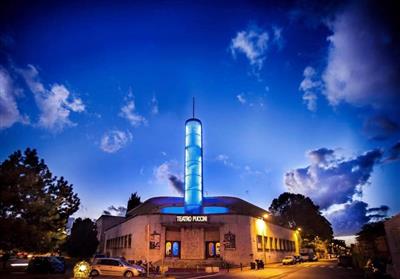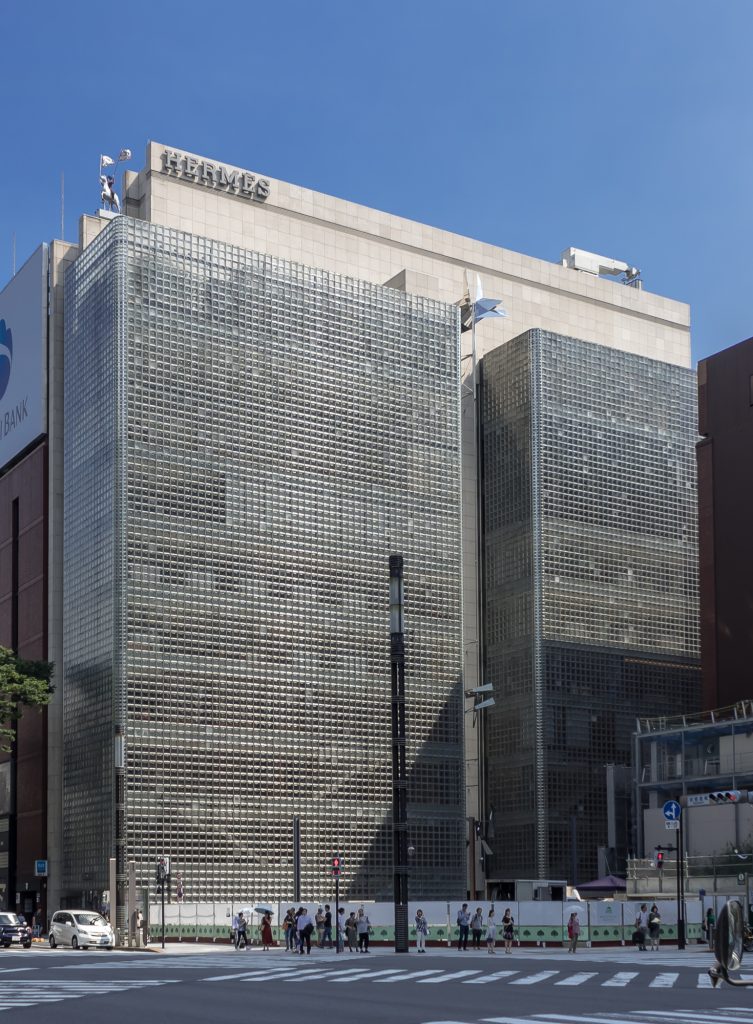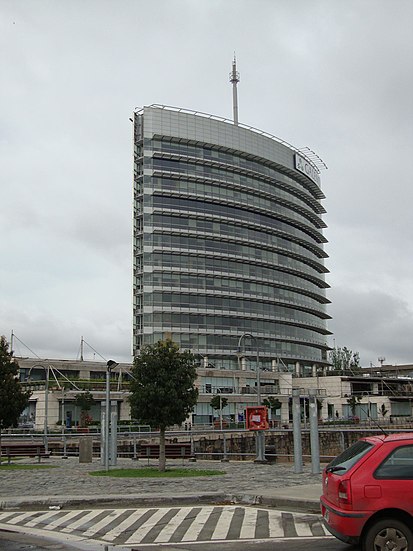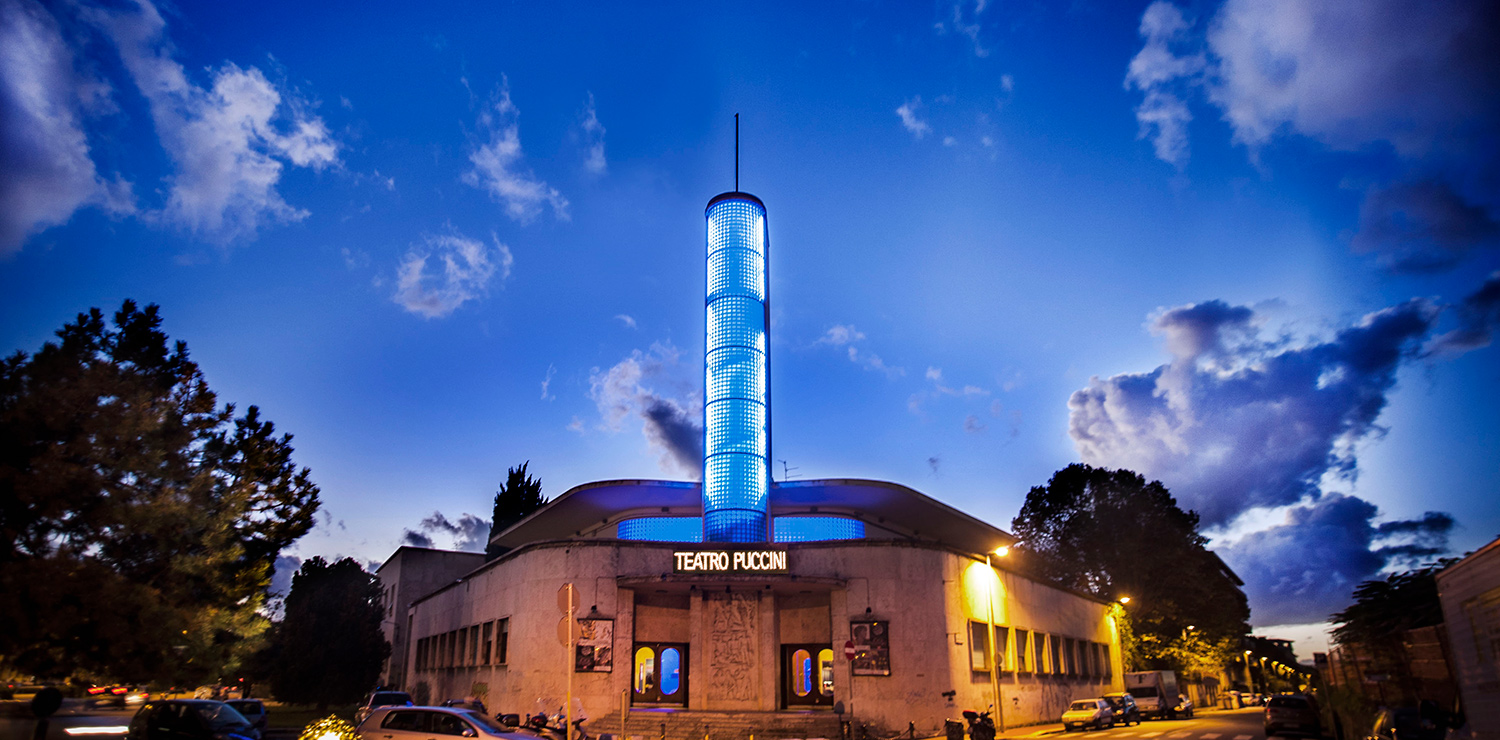There are numerous great creations that have chosen the transparency, modularity and structural resistance of the glass block as an element of distinction.
Some examples: Hermes Palace by Renzo Piano, Deusto bookcase by Raffael Moneo, Technology Museum of the Ulrich Wolf & Helge Pitz studio in Berlin (Germany), al Puccini Theater by Ferrini & Davighi in Florence (Italy), up to Malecon Tower, Buenos Aires (Argentina), recognized by the American Institute of Architects (AIA), one of the ten best examples of sustainable architecture.



The glass block from a building material has become an architectural and artistic element, thanks to its potential it has become a real and fundamental piece of furniture.
How does the glass block production process take place?
The raw materials (such as sand, soda and marble, to mention the fundamentals) contribute significantly to define the quality of the product, and therefore are selected with strict criteria.
They are initially checked and stored in the composition plant, which automatically dosing according to a specific recipe.
The mixture is sent to the melting furnace in which at a temperature of about 1500 ° it transforms into glass.
Then the molten glass is conveyed to the production lines, upstream of which a plant called "feeder" lo turns into "drop".
The "drop" of glass slips and falls inside a mold where it takes shape desired thanks to the pressure of a piston, thus producing the first half of the brick.
The mold on one side and the piston on the other generate the internal and external glass design, shape and dimensions.
The brick halves obtained are welded together two by two, thus giving rise to the finished piece.
Il glass block continues in annealing tunnel, where it is slowly cooled, in order to avoid the presence of harmful residual stresses.
At the end of the tunnel, the quality of the production is guaranteed by a series of checks before starting the finishing processes (satin finishing, painting, packaging)
Il glass brick is used for traditional construction (roofing, flooring, vertical structures) with mainly functional purposes (illumination of environments with little light, need for thermal and / or acoustic insulation) and for interior and exterior furnishings with mainly decorative purposes.
Il glass brick offers technical characteristics of the brick e the aesthetics of glass.
In this way an alternative material is used in the decoration of interiors, exteriors and urban furniture, to the delight and inventiveness of the architects.
The glass block has a mechanical resistance similar to that of a brick, and thanks to its transparency it solves light problems in many environments.
It is a new and refined architectural piece of furniture for interiors and exteriors, for the home and the city, to be manufactured also "tailor-made", according to the needs and the destination.
Source: Assovetro.it - Wikipedia.org



